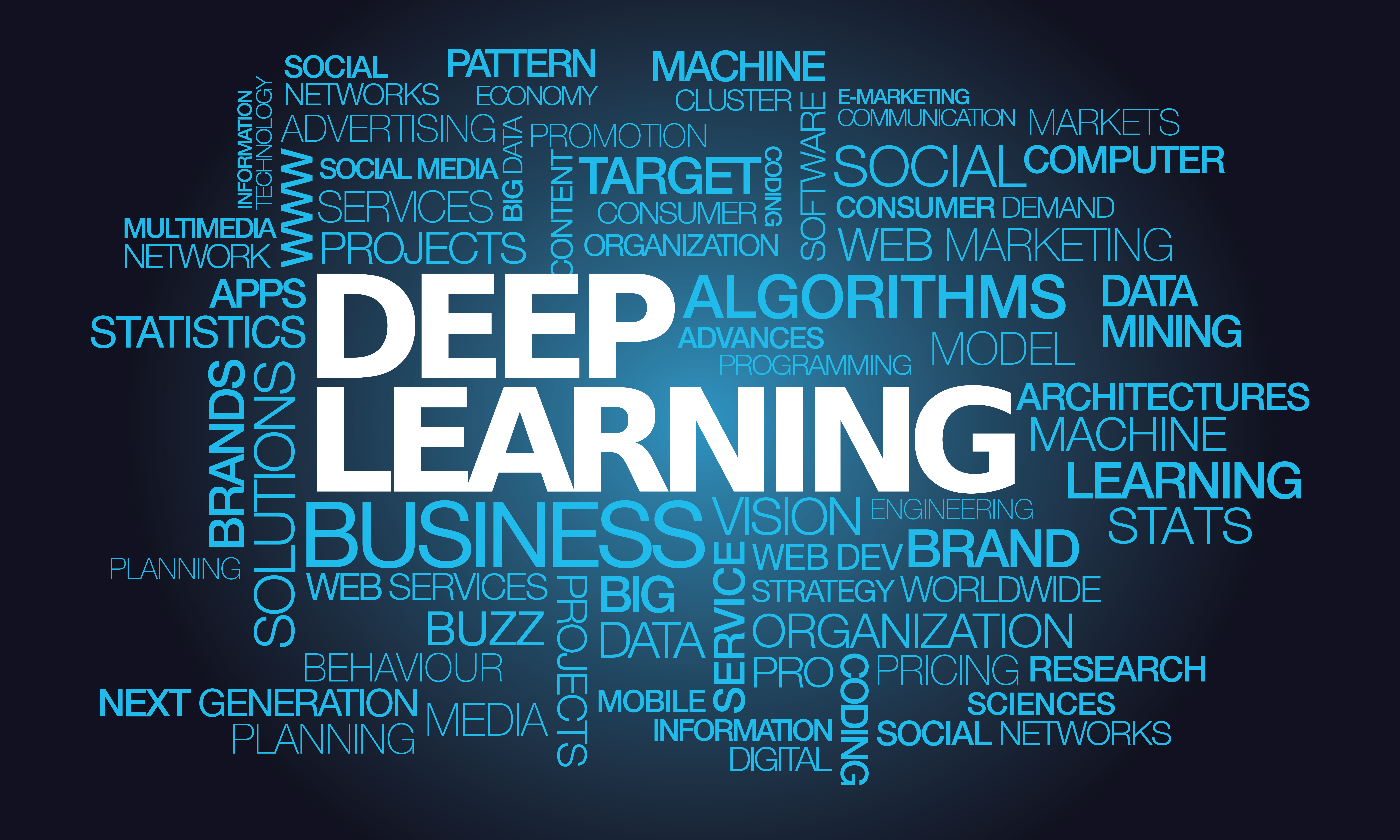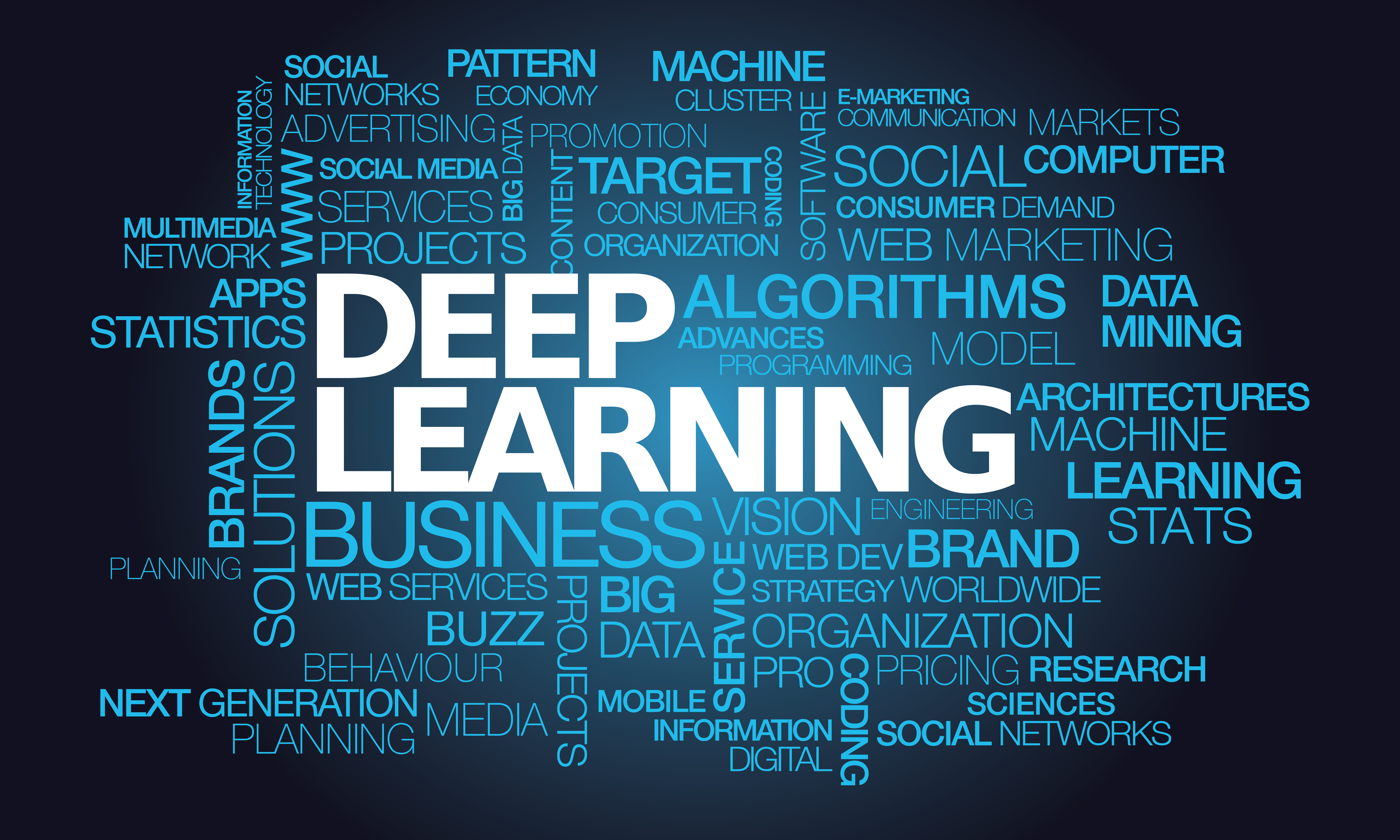
About a week ago, while searching on google, I discovered a website that intrigued me. It was the site of New Pedagogies for Deep Learning–a global partnership between education experts, schools systems, philanthropic and private sector organizations and hundreds of schools around the world. Their hope is to gather the experiences of all that are involved in this effort to learn how to make education more relevant to the needs of today’s students. For those of you who follow education news as I do, it is quite evident that deep learning has captured the attention of education stakeholders around the world. In this new 21st century economy, employers have been loudly expressing their need for highly skilled employees that can solve problems, think critically, communicate and collaborate effectively, and be innovative. Schools, scholars, and different organizations are diligently looking into methods that can improve student learning and instill students with those deep learning skills. I have followed this topic quite extensively and have looked at it from different angles. In a series of blog entries,I will discuss my journey into the different aspects of deep learning and based on research and articles I read,I will lay out the methods that have the best potential to improve learning.
Bored in School
When you talk to students these days, they complain that they are really bored in school. They claim that outdated ways of learning content from books and lectures does not prepare them for the real world, nor does it have much to do with their interests and future. They are reminded daily of the technology implementation gap between schools and the real world, just by comparing their technology performance at home to what schools are expecting them to do with technology. While schools are still trying to figure out to what extent they will incorporate technology into the curriculum, the real world has embraced it fully and is charging ahead with mind-boggling innovations. Clearly, students graduating from school these days feel unprepared and unequipped to handle the challenges that the 21st century economy is expecting them to fulfill.
Professional Control
Our happiness, as it turns out, depends a great deal on our level of control over most aspects of our life, such as social, financial, professional, etc. So when college graduates tackle their first job assignment with inadequate skills, it greatly detracts from their feeling of control and happiness. Probably the best example of how one should feel when starting that first job,is the story of an acquaintance of mine who landed a job in a very prestigious technology company, that is known to hire the best of the best. Experience in previous jobs taught her that it was necessary to conduct very detailed, process based training to her team, to achieve the goals she set forth for them. To her astonishment, while trying to do the same in her new job, her employees informed her that they already “know what to do,” and they went on to do it. This feeling of control should be common to every new employee entering the workforce. Unfortunately, most employers need to conduct extensive training to the incoming workforce because the education system does not prepare them for the requirements of the new economy.
What are the things that contribute to a feeling of professional control? It usually means a great deal of expertise in what the business is all about. It also means being highly skilled with the latest technologies. But it mainly means that employees have the wherewithal to analyze a smart business strategy or execute a successful sales or marketing campaign. This indicates that employees have problem solving and critical thinking skill; that they are able communicators and collaborators and that they have what it takes to become innovators and invent a new line of products. These skills, also known as deep learning or 21st century skills, have become the main focus of most education institutions and their main concern is how to implement these skills in a way that will impact learning most.
What is Deep Learning?
An in-depth look into what academic and non-academic sources believe deep learning to be, one discovers a multitude of definitions and interpretations. The American Institute for Research, or AIR,a Washington-based research organization, released three reports focused on “deeper learning,” in which they found that the deeper learning model does have positive learning outcomes for students, regardless of their background. The William and Flora Hewlett Foundation, which funded the reports and some of the learning networks that were studied, defines deeper learning as education that emphasizes core academic content, critical thinking, problem solving, collaboration, effective communication, self-directed learning, and an academic mindset (William and Flora Hewlett Foundation,2013;Chow,2010;Trilling,2010).
The National Research Council (NRC,2012) takes a slightly different approach to deep learning, according to them deeper learning is “the process through which an individual becomes capable of taking what was learned in one situation and applying it to new situations (i.e.,transfer).” A set of similar competencies to those defined by the Hewlett foundation, is also identified by the NRC, only they call them “21st century competencies,” which include:deep content knowledge, critical thinking and complex problem solving, collaboration, communication, learning-to-learn competencies, and academic mindsets. Peter Bergen, the founder of Open Connections, a school that allows students to learn through self-discovery, believes that schools should help students develop their innate abilities to create and collaborate and that “real learning” happens when the learner drives the creation of mental schemas, leading to an understanding of fundamental concepts and the ability to apply them to diverse situations.
The Best Way to Implement Deep Learning
I could go on with much more resources, definitions and interpretations. Generally, most sources are very close to the Hewlett foundation’s definition of what deep learning is all about. However, the place where I find the gap to be quite deep is in the implementation of deep learning or 21st century skills. As deep learning consists of a wide range of skills, many choose to focus on different aspects of it. For example, many schools in the AIR study decided to outsource the practice of communication and collaboration skills, by sending students to internships. When trying to learn how critical thinking and problem solving was implemented, the information is either absent, or it is stated that schools chose different methods to apply those skills, without a description of what those methods would be.
There is clearly a level of complexity figuring out the best ways to implement deep learning. For example, the conclusion of the study performed by AIR (American Institute for Research,2014) was that “the variation in approaches also raises questions about whether schools and networks are interpreting deeper learning in different ways and whether certain strategies, structures, and cultures are more effective than others in developing the deeper learning competencies. The field would benefit from additional research…” Other implementations greatly focus on how students should ask questions and how to present their conclusions to an audience, but fail to mention what problem-solving methods were used by students to answer the questions. These inconsistencies can also be detected in the AIR study’s learning outcomes. As it turns out, the network schools’ (focused on deep learning) advantages over non-network schools resulted only in independent learning in mathematics and real world connections in English language arts. The results were not any different from non-network schools, when measuring complex problem solving, communication, and conceptual understanding of mathematics. This shows that the implementation of deep learning by these schools missed its real essence.
While schools are trying to discover the most effective deep learning strategies, the workplace keeps producing new ideas and and new innovations–a testament that the workforce employs many effective problem solving strategies that can benefit our schools. The drive for deep learning is the result of this disconnect between what employers need and the lack of skills that stems from an outdated education system. Yet, schools have just taken baby steps to bridge that gap, mostly by sending students to internships. If school-work communication led to a flow of work’s best practices, the benefit for students would be tremendous, directly addressing what employers need.
